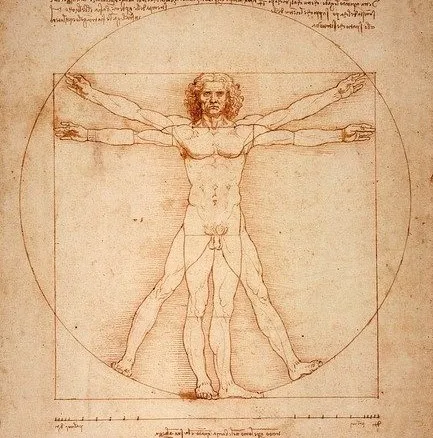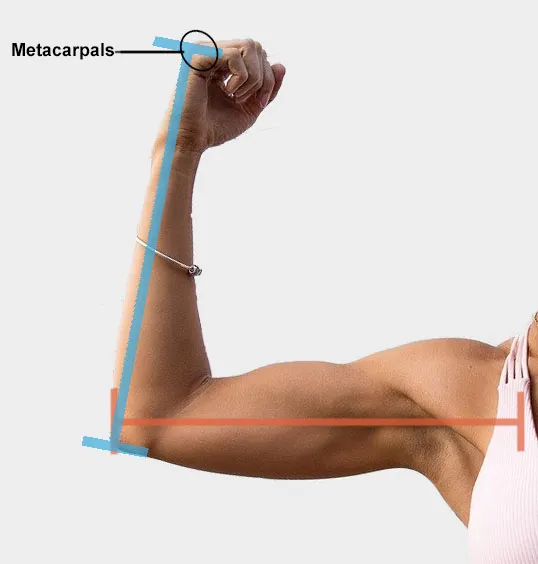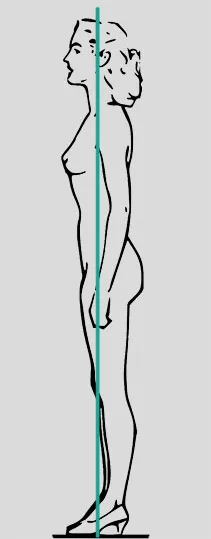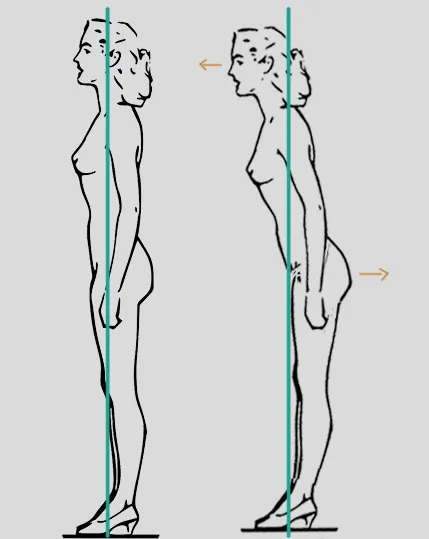Hi everyone !
I wanted these days to work on the anatomy ; it's something very important in drawing, especially if you want, like in my case, doing animations.
The human body is something difficult to master, for my opinion. So I decide to go back to zero, and learn meticulously.
So, I wanted to take you with me in this learning, by posting here, as a kind of tutorials. :)
As I would like to be an organized teacher, I will divide this anatomy learning into different parts :
- The head and neck
-> + Bonus How to draw hair ?
- The head and neck
- The torso and the pelvis
-> + Bonus How to draw breasts ?
- The torso and the pelvis
- The arms
- The hands
- The legs
- The feet
Here are some sketches of the body I made. I let it here as a kind of post-it of my level before my anatomy study ; This is some speed sketches, without erasing ; just doing instinctively.
I will make this kind of sketches after my learning, to see how I evolved.
(Yes, I saw the big mistakes in the length of arms or legs, but I assumed the fact that is doing instinctively, and resist the urge to erase.)

The body in its entirety
First, I will approach the global rules in proportions, of the entire body.
The first thing you have to know is, even there are rules, every person is different. It's the reason why it's important to draw from a model ; the differences between us, paradoxically, make us humans.
When we speak about anatomy proportions, the name of Léonard De Vinci appears often ;
He offers works about the human body, and creates what we called "canon of proportions" (sorry, it's maybe a bad traduction from french)
This canons will help you as a beginner, by simplifying the proportions and making them more intuitive.

So, here is the rules I can quote you :
The distance between the left hand and the right hand, outstretched arms, (also called the span) is equal to the height of a man.
-> In fact, for men, the span is often higher than the height.
.......... for women, the span is often smaller than the height.
The width of the shoulders would be involved in this result ; being larger in men.The pubic area is in the middle of the height, and the knee are at the quarter of it.
With arms at sides of body, the hand can be placed at mid-thigh, and the wrist at the top of the pubis. At the same time, the elbow is placed at waist level.
The body includes 8 head lengths (including the head), and 2 head widths.
- The distance between the shoulders and elbow is equal to the one elbow to the metacarpals.

- Finally, as the same logic, the distance between hips to knees is equal to the one between knees to the foot.
The body's balance.
When we draw a body, we have to keep in mind the body balance.

If we put a line in the center of the head, in front of the ear, it goes to the center of the feet.
Perfect!
But the body doesn't follows this center all along. As the body follow the spine, the chest is forward and the pelvis is backward, and the line passes in front of the shoulder, and behind the sacrum.
In the same spirit, a part of the leg goes backward.
In others positions, we have to pay attention of keeping this harmony and this balance ; if not, it would be like your character fell, it wouldn't be realistic.
Putting the good balance will define the dynamic of your drawing.

-> I've made an example for you with the preceding image :
When the head goes forward, the pelvis goes backward.
And now it's done for this first article. :)
Next time, I will approach the anatomy of the head, and how to construct it.
Hope this series will be useful as it was for me. :)
Don't hesitate to leave a comment, a suggestion or something, you're welcome.
See you soon! 😊
